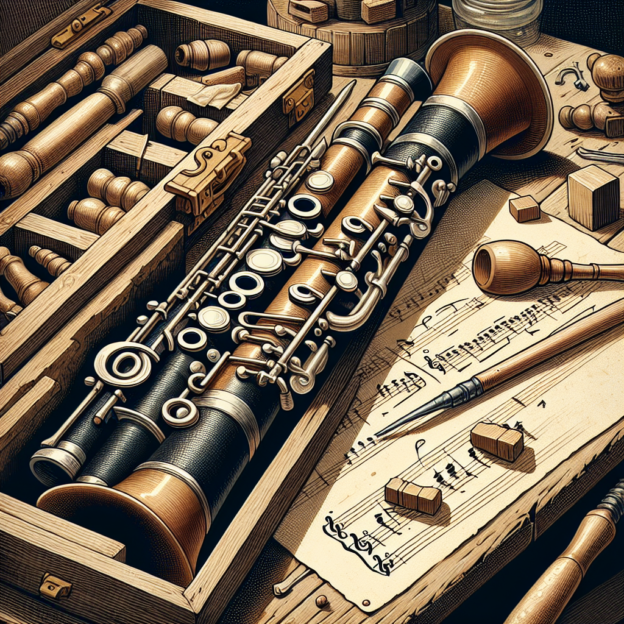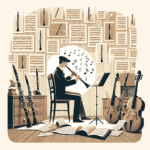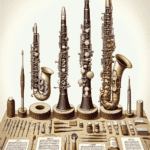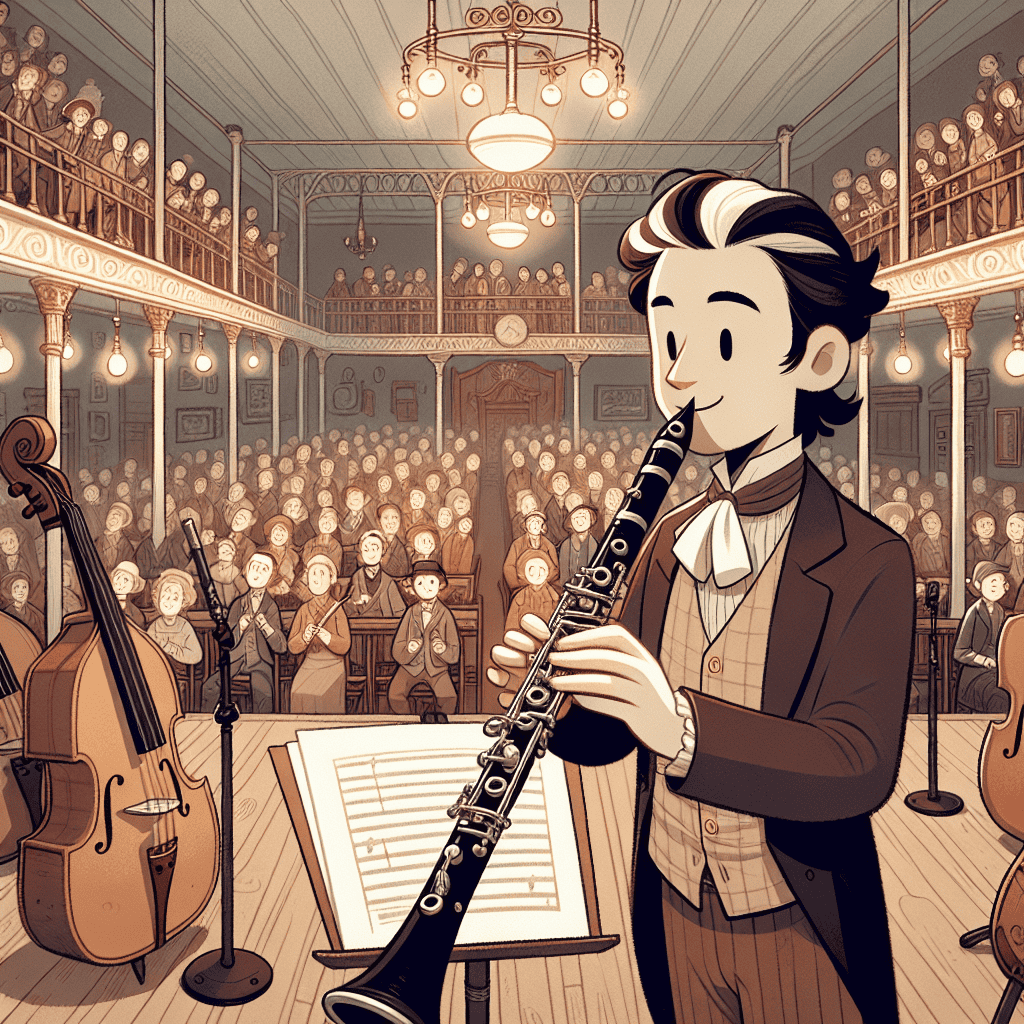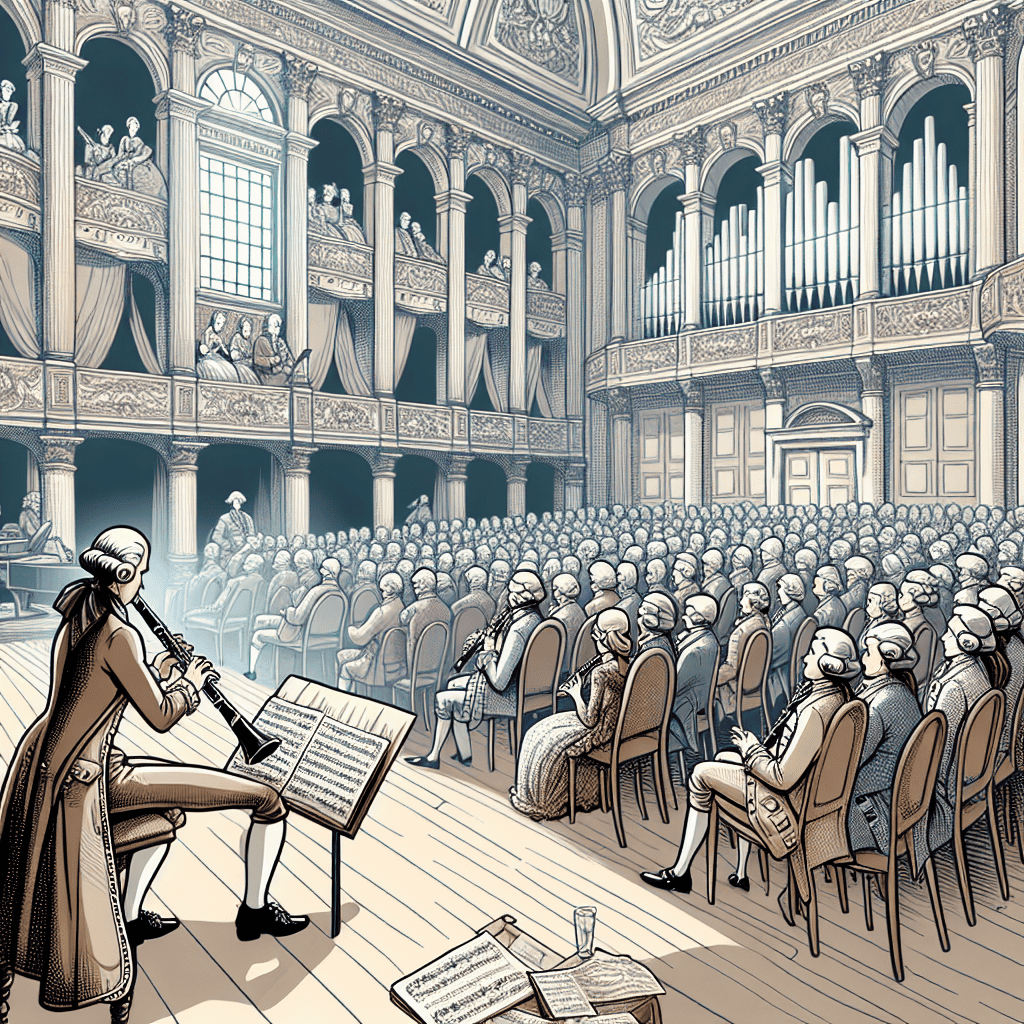The clarinet, a beloved woodwind instrument, has been a mainstay in orchestras and ensembles for centuries. But did you know that the way we tune clarinets has changed significantly over time? Historical clarinet tuning systems tell a story that not only reflects musical trends but also showcases the craftsmanship and innovation that brands like Martin Freres have brought to the clarinet world.
When you pick up a clarinet, you might not think about how its tuning system came to be. Yet, knowing about historical clarinet tuning systems can improve your playing. When clarinetists play a note, they're not just making music; they're connecting with centuries of musical tradition. In this article, we'll explore these historical contexts, looking at the tuning systems, where they came from, and how they've been used.
Early Clarinet Tuning Systems
In the early days of clarinets in the 18th century, players used unequal tuning systems. Instruments varied from one woodworker's shop to the next, resulting in notes that were often uniquely tuned to the craftsperson's preferences. For example, early clarinets often used a tuning system based on harmonic principles, where series of fifths shaped the sound. It's worth noting that tuning was as much about personal preference as it was about the acoustics of the instrument!
The Evolution of Clarinet Tuning
As more music was written for the clarinet, the need for more standardized tuning grew. Around the late 19th century, equal temperament became the preferred tuning system for many instruments, including the clarinet. Equal temperament allowed for greater harmonic flexibility, letting composers write pieces that used a wider range of keys without creating disharmony as they had with earlier systems.
| Era | Tuning System | Characteristics |
|---|---|---|
| 18th Century | Unequal Temperament | Varied by maker, based on harmonic principles |
| Late 19th Century | Equal Temperament | Standardized, greater harmonic flexibility |
| 20th Century to Present | A=440 Hz Standard | Modern orchestral standard, with variations |
Impact on Clarinetists
How did this change affect clarinetists? Well, in countries with rich cultural heritage and unique music styles, clarinetists adopted these changes in various ways. In folk traditions, for instance, clarinets often matched local scales, leading to expressive and microtonally rich performances. They brought personal artistry into the music, showcasing the clarinet's versatility.
Modern Clarinet Tuning
Let's get into the details. Most clarinetists today tune their instruments to A=440 Hz, a standard that became common in the 20th century. This frequency works well with the equal temperament system, and most orchestras now use this tuning. However, for historical performances, musicians might use a slightly lower pitch, around A=415 Hz, to capture the sound of earlier music. This change in pitch brings out the clarinet's warm and light voice, which is quite different from the stronger tone you hear in modern orchestral playing.
Applying Historical Knowledge
So, how can today's players use what they know about historical tuning systems? It starts with knowing your own instrument. Clarinets from different makers might react differently to pitch changes. Martin Freres clarinets, known for their quality, have been popular for generations among those who value excellent woodwind instruments.
When you're playing, conductors might ask you to adjust your tuning based on what the ensemble needs or the specific sound they want. So, whether you're playing in a casual setting or with a big orchestra, knowing how to slightly change your pitch is really important. You might need to pull out your barrel a bit or adjust how you hold your mouth to match a slightly flat note.
Acoustics and Tuning
Let's think more about how these historical choices affect playing today. Think about where you're performing! Are you in a small room or a big concert hall? The shape and materials of the space can change how sound bounces around and how people hear your clarinet. Knowing about old tuning methods helps you adjust your playing to suit both the music and the place you're in!
Enhancing Musical Richness
Understanding these details leads to richer music-making. Also, studying different historical ways of playing opens up a whole world of music. You might find yourself drawn to music by composers who wrote specifically for the instruments of their time, taking advantage of the unique qualities of different tuning systems.
Learning from the Masters
Always take the chance to learn from experts. Many music schools have programs that focus on how instruments like the clarinet were played in the past. Combining this knowledge with modern instrument technology can lead to amazing performances that honor both the past and present.
The Future of Clarinet Tuning
As we look to the future, we can only imagine where clarinet tuning will go next. New ways of making reeds, how the environment affects wood, and even digital tuning techniques offer exciting possibilities for new clarinetists. Remember, the clarinet's story is made up of many personal tales, with each player adding their own special touch. Be part of this story and let it shape your musical path! Whether you play jazz, classical, or anything in between, understanding historical clarinet tuning systems helps you appreciate all that this wonderful instrument can do. The next time you play your clarinet, remember that you're not just making music; you're adding to a long tradition that grows through innovation, community, and the magic of the clarinet.
Table of Contents
- Introduction
- Early Clarinet Tuning Systems
- The Evolution of Clarinet Tuning
- Impact on Clarinetists
- Modern Clarinet Tuning
- Applying Historical Knowledge
- Acoustics and Tuning
- Enhancing Musical Richness
- Learning from the Masters
- The Future of Clarinet Tuning
